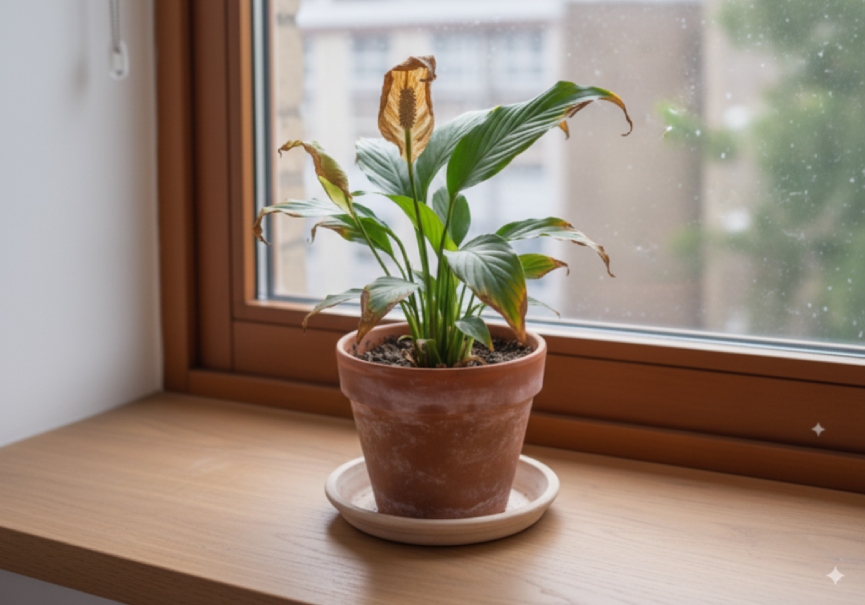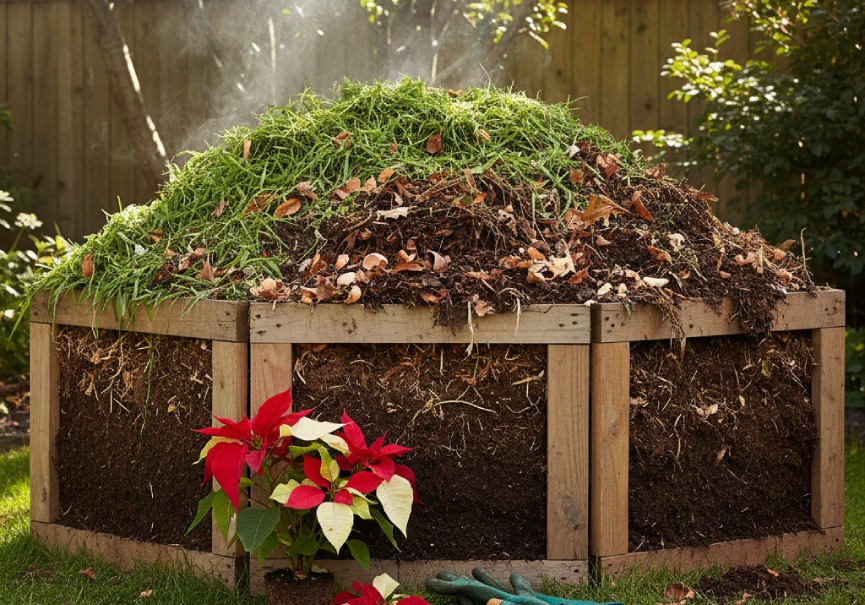Unlocking the Magic: Ranunculus Corm Multiplication Revealed

Introduction
Ranunculus corms, those hidden treasures beneath the soil, indeed multiply. These unassuming underground structures hold the key to the vibrant Ranunculus blooms that grace gardens worldwide. During their lifecycle, Ranunculus corms go through a process of growth and multiplication. As they rest dormant during certain seasons, they later awaken to produce new corms known as daughter corms, encircling the original one. In the following growing season, these daughter corms grow into full-sized corms, each capable of giving rise to a Ranunculus plant with its own captivating flowers.
To ensure successful multiplication, it’s crucial to provide Ranunculus corms with the right conditions, such as well-drained soil, adequate sunlight, and proper care. By understanding the natural mechanisms of Ranunculus corms and offering them the ideal environment, we can appreciate the mesmerizing spectacles these blooms bring to our landscapes, enhancing the beauty of our gardens. Whether you’re a seasoned horticulturist or a curious admirer, the world of Ranunculus corms is a fascinating one, contributing to the natural wonders of our outdoor spaces.
Understanding Ranunculus Corms
Ranunculus corms, often mistaken for bulbs, are underground energy storehouses that fuel the growth of Ranunculus plants, allowing them to thrive in challenging conditions. These corms facilitate a growth cycle where they use stored energy to produce stunning flowers, and after flowering, they multiply, generating new plants. Gardeners and horticulturists leverage this knowledge to increase corms, creating vibrant displays of blossoms.
Factors Influencing Multiplication
The multiplication of Ranunculus corms is a delicate and intricate process influenced by various environmental and biological factors. These elements shape the destiny of these underground treasures, affecting their vigor and abundance.
- Temperature
Temperature variations influence the growth, dormancy, and multiplication of Ranunculus corms. Moderate temperatures during the growing season encourage robust growth, while cooler temperatures in dormancy conserve energy for daughter corm emergence. - Moisture
Adequate soil moisture is essential during the growing phase, supporting nutrient absorption and corm vitality. Well-draining soil is crucial to prevent waterlogging and corm rot. - Soil Quality
Nutrient-rich, well-aerated soil is foundational for corm development and multiplication. Maintaining a slightly acidic to neutral pH range is ideal. - Sunlight
Adequate sunlight during the growing season fuels corm energy reserves and vibrant flowering. Sunlight during dormancy initiates corm division, creating new generations. Care must be taken to avoid excessive sunlight. - Pests and Diseases
Pests and diseases can compromise corm health, hindering successful multiplication. Effective pest control and disease prevention strategies are essential.
Fascinatingly, the propagation of Ranunculus corms is not entirely a natural phenomenon. Gardeners and horticulturalists have harnessed their comprehension of these mechanisms to installation various stratagems for controlled propagation, thereby amplifying the opulence and diversity of Ranunculus exhibitions. via guide corm partitioning and complex tissue cultivation methodologies, fans can expedite the multiplication of corms, birthing captivating expanses of colourful blossoms that bedazzle the observer.
Corm Multiplication Mechanisms
In the world of Ranunculus corms, the act of multiplication takes center stage as a fascinating act of botanical reproduction. Let’s delve into the mechanisms that drive the expansion of Ranunculus populations, revealing a captivating interplay of natural and cultivated forces.
- Daughter Corms (Cormels)
As the mother corm matures, daughter corms, known as cormels, grow alongside it, drawing sustenance from the mother corm and gradually increasing in size and strength. This symbiotic relationship ensures the species’ continuity.
- Corm Splitting
As the corm reaches its maximum capacity, it undergoes a process of division triggered by environmental cues like temperature and sunlight exposure. The mother corm sacrifices part of its stored energy to create new corms, each carrying the genetic blueprint for growth and flowering, thereby expanding Ranunculus populations.
Artificial Methods of Multiplication
Gardeners and horticulturists have devised techniques to control the multiplication of Ranunculus corms.
- Manual Corm Separation
During the dormant period, practitioners carefully divide the mother corm and its daughter corms. By doing this, they encourage the development of independent plants, each capable of thriving and multiplying on its own. - Tissue Culture Techniques
Scientists in gardening labs have found a high-tech way to create many plants from small plant parts. These tiny pieces grow into full plants, making the process speedy and efficient. It’s like nature and human help working together in a plant dance that showcases the resilience of plants. This mix of old and new methods reveals the magic of one plant part becoming many, demonstrating how plants continuously grow and renew themselves.
Seasonal Care Practices for Multiplication
To ensure the successful growth and multiplication of plants, it’s crucial to provide them with the right care throughout the year. Understanding the specific needs of plants during their growth and resting phases is key to helping them thrive and reproduce.
- When Plants Are Growing
During the growing season, plants need water to stay hydrated, and their baby parts, called corms, need nutrients. Adding a layer of material called mulch to the soil helps retain moisture and maintain the right temperature. Providing them with the right kind of fertilizer, containing all the necessary nutrients, makes them strong and full of energy. - When Plants Are Resting
Sometimes, plants take a break, known as dormancy. During this period, it’s important not to overwater them, as they might become too wet and get damaged. The leaves will naturally dry up to show that the plants are resting. It’s essential to protect them from extremely cold weather, ensuring they wake up and grow well in the next season.
By following these care practices, gardeners can support plant growth and multiplication. Proper soil management, adequate spacing between plants, and seasonal care not only respect natural growth patterns but also enhance the beauty of the garden as plants multiply in a splendid way.
The Magic of Multiplying Ranunculus Corms
Exploring the world of Ranunculus corms has unveiled the fascinating mystery of how plants multiply. It’s like a blend of magic and science, where corms hold hidden power and reveal the beauty of nature. They have the remarkable ability to grow into many new and stunning plants. Understanding their growth and caring for them as gardeners allows us to be a part of the wonderful story of renewal beneath the soil. Each new flower is like a special piece of nature’s plan to keep growing and flourishing.







No Comments